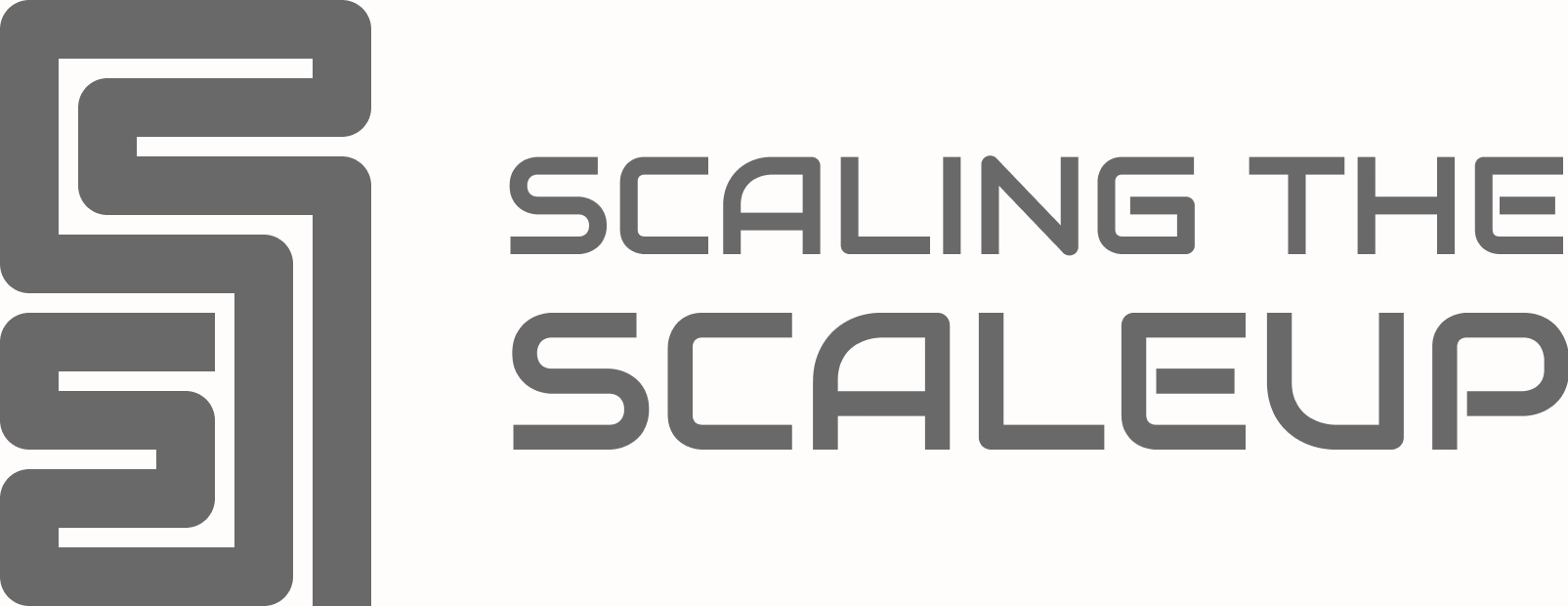You’ve managed to outgrow the startup state. Congratulations! You’ve got some investors down your sleeve, you’ve got the headcount, a cool fancy office and a fridge filled with craft beer. But things are not working as smoothly as you’d like them. You have a bunch of modern looking people hanging around in the office, doing cool stuff, but nobody can clearly explain what exactly they are doing, what’s the next big step and how they all going to get there.
The biggest challenge in any company with more than 10-15 people is communication. What and how you communicate is crucial. Expecting that your team, or team of teams, somehow magically will read between the lines and figure out your big goal, and organically gather together to figure out how they need to work effectively together – this is a dream.
Is there a solution? Yes, there is. Is there a universal recipe for any company? I bet many would say “no”, and that all companies are different, and it all depends on the culture, size, and million other variables. But I think there is, and the formula would work for any kind of company, regardless of the domain, size, geographical location etc.
So what is the secret?
To put it simply – do your [f..king] job? As a leader, your main responsibility is to lead. Meaning you need to have a vision and be able to communicate it to the rest in a way they get inspired and can also follow. It cannot be a one-off session you do and forget. You need to have a regular sessions when you remind about the vision and the mission and update the team in case something changed. And you need to trust the team, that they will help you to achieve the goals.
OKR framework could be a good option here. You can check out my other post about ten simple steps on how to implement OKRs in your company. But in a nutshell, you set company objectives for the year. If you want and it makes sense you can break them down to quarterly objectives and key results (how you will measure the completion of the objective). And you, again, communicate it with the company and invite them to set up objectives on their level, that would contribute to key results of the company objectives.
You can challenge your team’s suggested solution, but you also need to accept that it might not look exactly how you initially envisioned it. Accept the risk that something will fail and that teams will make mistakes. Let them review them and share with your their findings and the actions to be taken to avoid those mistakes in the future.
And keep your communication flow. Regular, open, and honest. Don’t hind facts, or sugarcoat your own mistakes. Lead your team by example. Show them that it is okay to change your mind, it’s okay to adjust the direction, it’s okay to fail, and it’s okay to talk about it.
Also, ask your team about what they need to be able to do their work efficiently and get energy out of it.
Six must-have communication flows
Company update – start with once a month. Format – top management shares the most important updates, company-level wins and losses. Leave some time for Q&A at the end.
Direct reports alignment – a round table with your direct reports (heads of or directors). Start with a monthly session. This is the time when you share the updates prior to the company update meeting, address all questions and concerns. You also check in on challenges, wins and losses from their departments or teams and discuss action plan if necessary.
Global check-in – an anonymous questionnaire that check how all your employees are doing, how happy they are with their managers, with company leadership, how well rewarded they are etc. Do it twice a year. This one you have to communicate with your direct reports, so they would encourage their teams to respond. You need to get as close to 100% of respondents as possible.
Global check-in management review – a session with all the leadership when you review the results and adjust your strategy if necessary and discuss further actions.
Global check-in follow-up – once all responses are collected and processed, you need to share them with everybody as well as the actions to be taken as a result. People need to know that when they share their feedback, management listens and acts accordingly.
Ask me anything – a session when anybody in the company can ask management any question. Start with a quarterly meeting. Make sure there is an option to ask questions anonymously. If you cannot answer the question – just admit it and promise to follow up after (and please do).
These are the bare minimum forms of communication. Having them in place will set a great foundation for the management to keep the rest of the company up to date, and for everybody else in the company to be heard.



